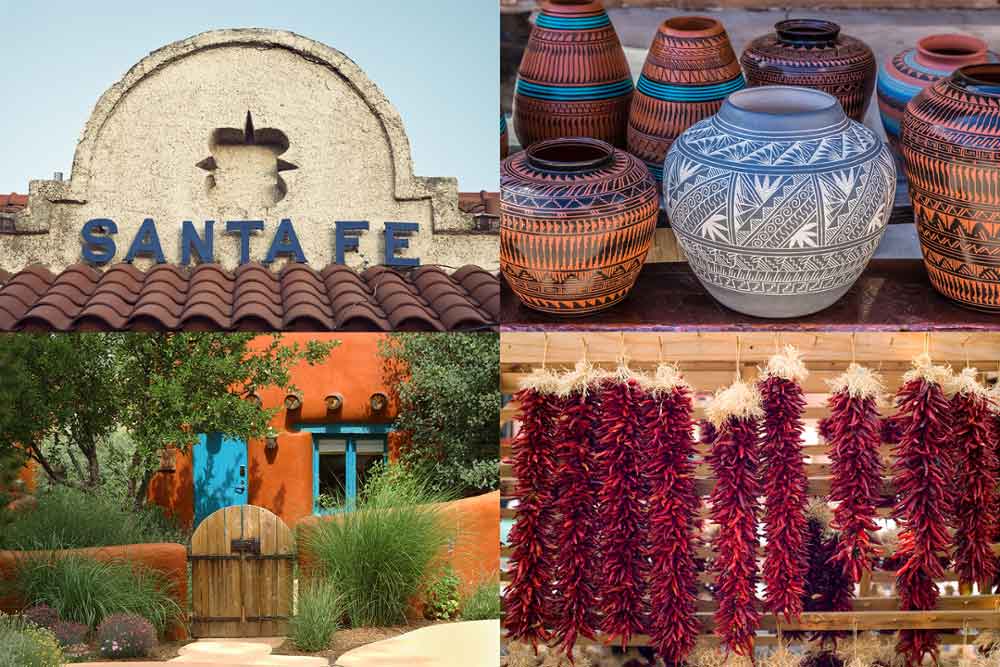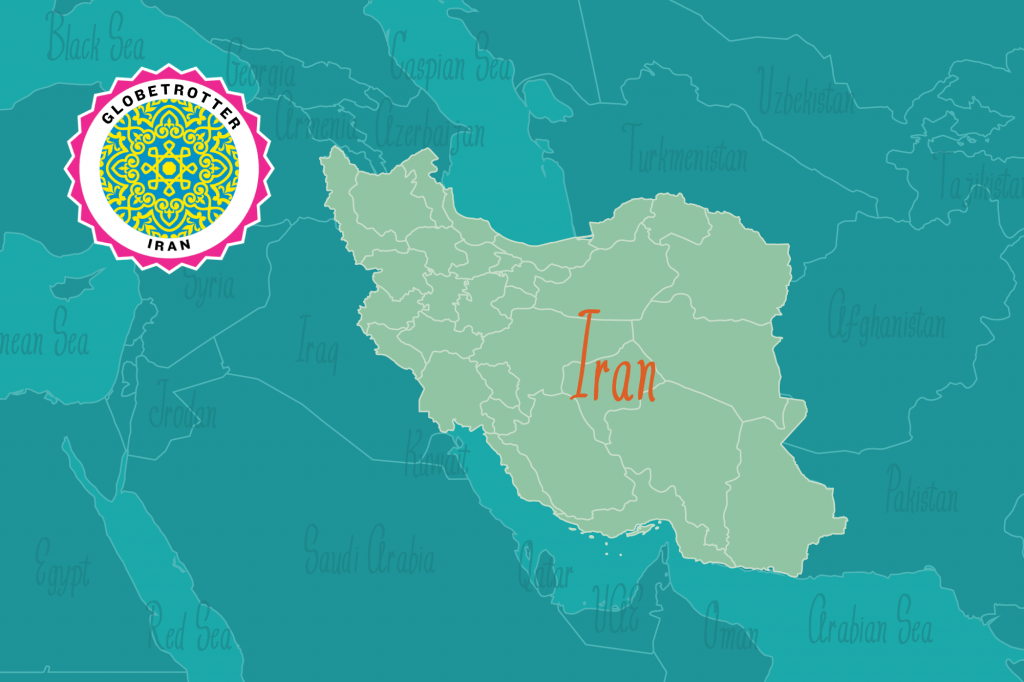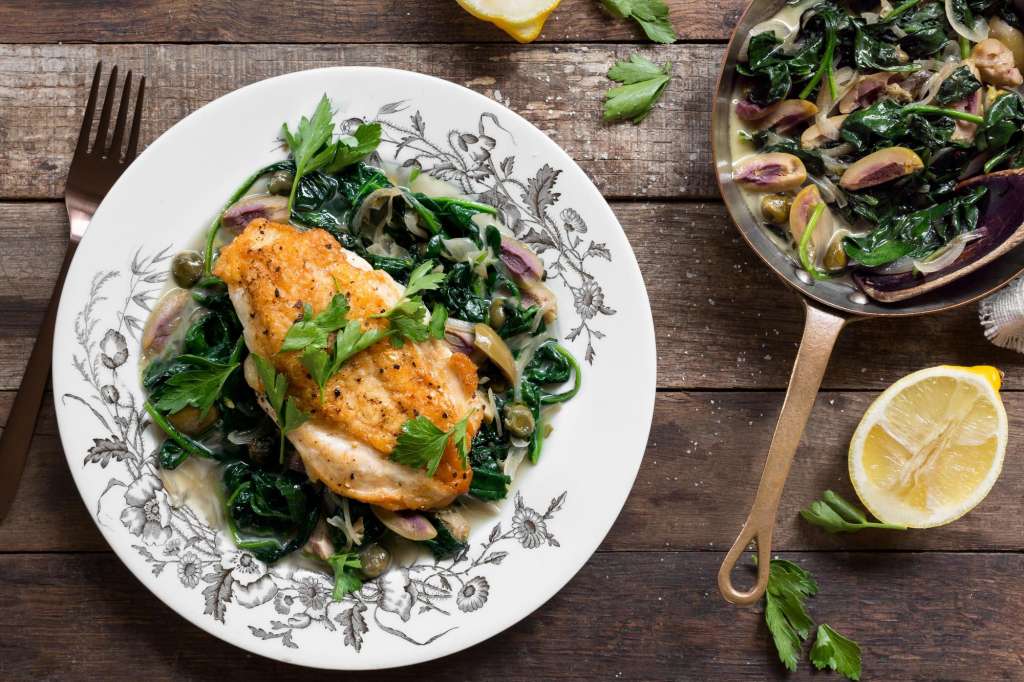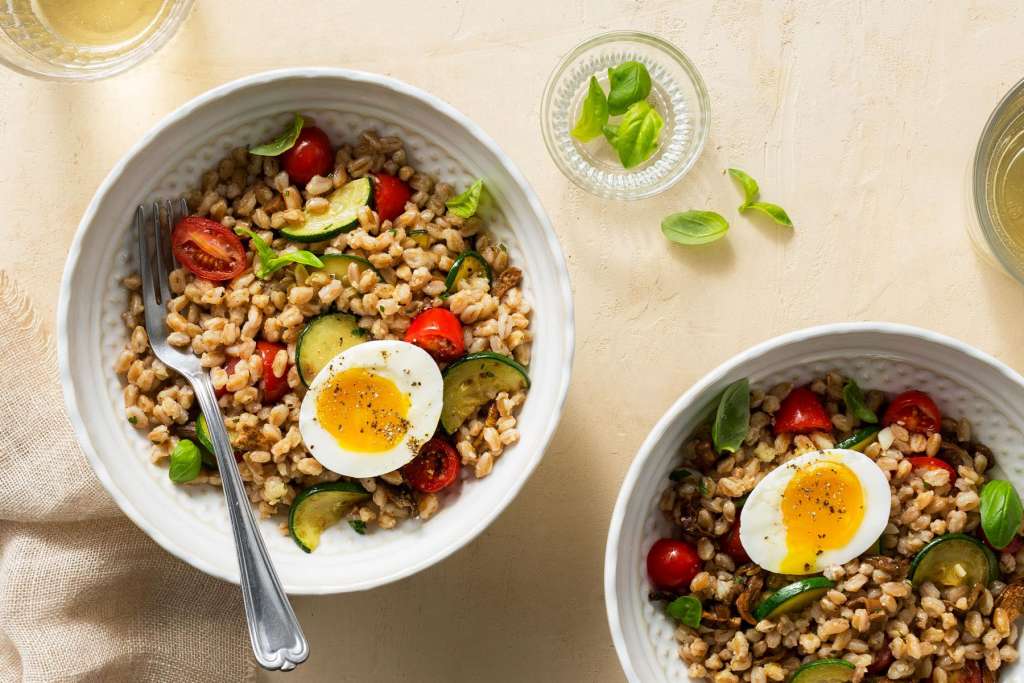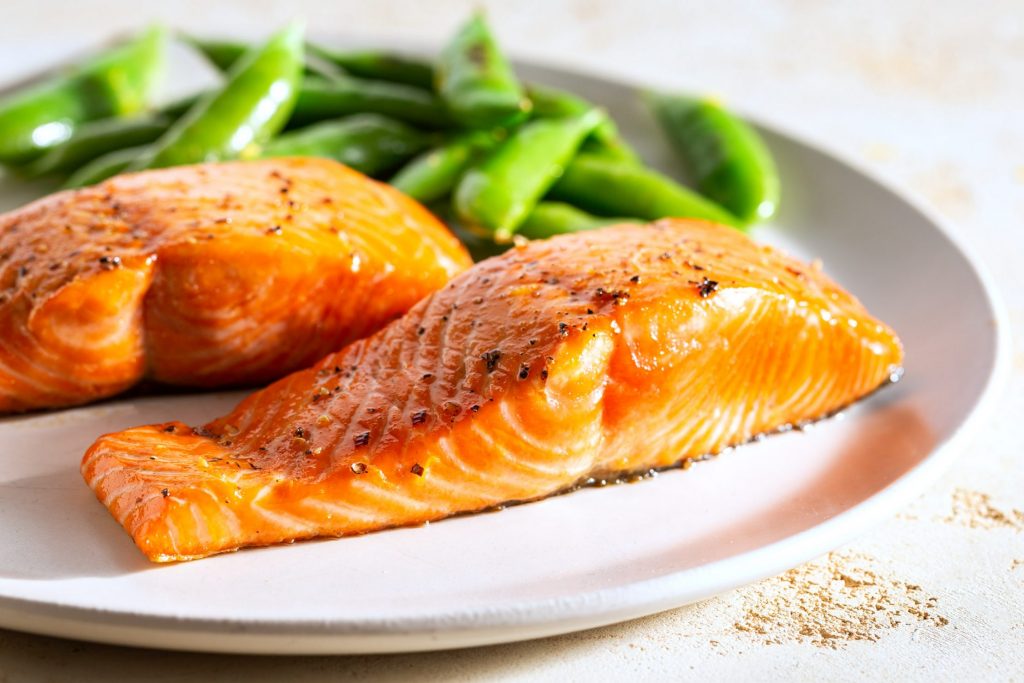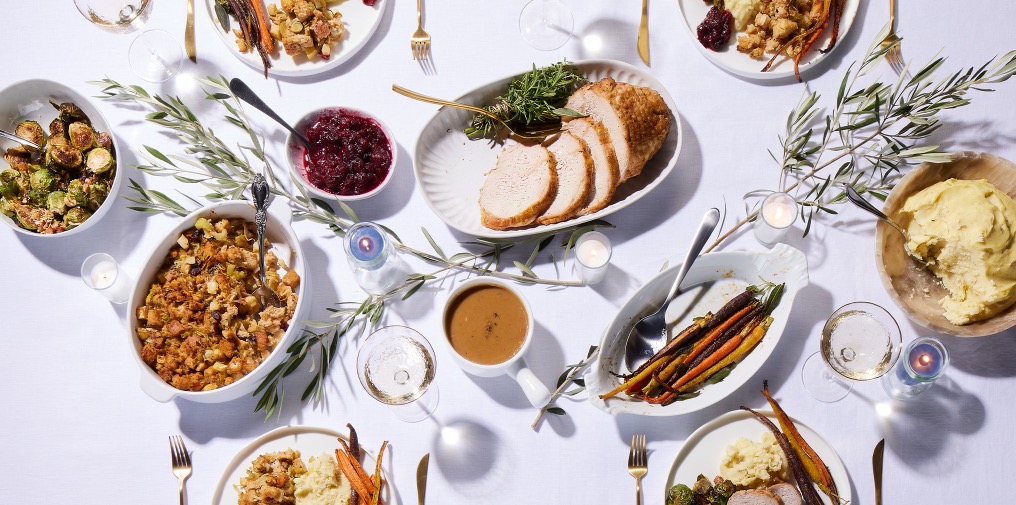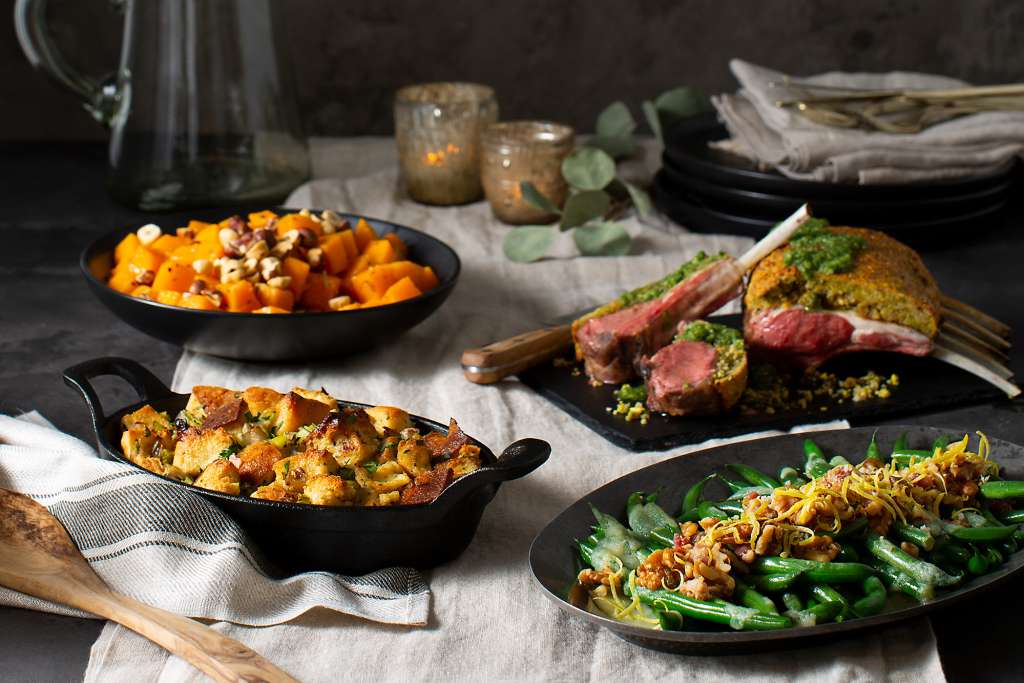Exploring the Flavors of Morocco
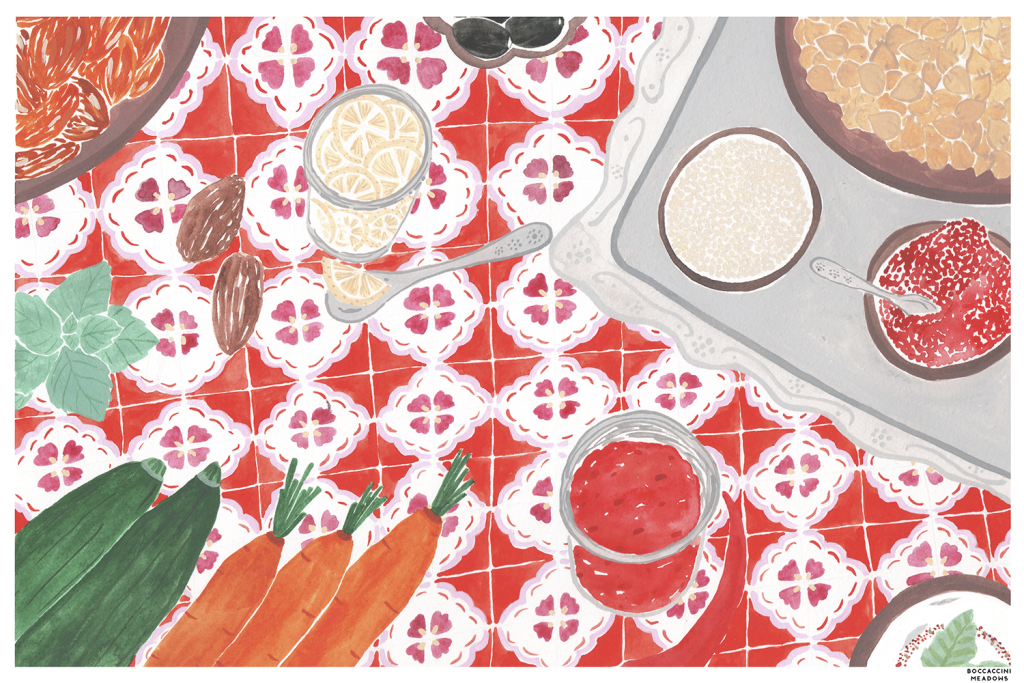
A meal in Morocco is as colorful and intriguing as the country’s distinctive architecture, intricate tile designs, and detailed archways. Because this North African country is situated between the Atlantic Ocean and the Mediterranean Sea, a mix of Arab, Berber, and southern European influences define its food.
Large, lively markets, or souks, such as the one in the city of Marrakech, are a maze of stalls lined with barrels filled with dried fruits, marinated olives, and mountains of spices—colorful showcases of the essential ingredients of Moroccan cuisine. Spices like cinnamon, cumin, saffron, turmeric, and paprika made their way to the country centuries ago, thanks to North Africa’s location on the trade route linking the Middle East, Asia, and Europe.
Spicy heat, sweetness, herbaceousness, and brininess are the characteristic flavors of the Moroccan table. Heat often comes from harissa, a North African condiment made with chiles, garlic, olive oil, and spices like cumin and coriander, while ingredients like dried apricots, honey, and dates typically deliver sweet flavors. Fresh herbs like cilantro, parsley, marjoram, and mint brighten rich stews; salty preserved lemons and olives balance the heavy spices, and orange and rose flower waters impart a floral note to everything from rice dishes to desserts. The star of the Moroccan spice cabinet, is ras el hanout, a mix of at least 10 spices and often many more. The most commonly used ones are cardamom, cumin, clove, cinnamon, nutmeg, mace, allspice, ginger, chile, coriander, black peppercorn, sweet and hot paprika, fenugreek, and turmeric.
Couscous, a tiny semolina-based pasta, is the best-known grain staple of the Moroccan diet, but rice and bulgur are also popular. Fresh vegetables, yogurt, and olive oil play important roles in every traditional Moroccan meal. Bread, primarily made from regular wheat or durum wheat (semolina) and either baked in an oven or cooked in a pan over a fire, also appears at every meal. Flatbreads, both leavened and unleavened, and baguettes are made fresh daily and often stand in as utensils for eating soups and saucy dishes.
Celebrating the wide range of North African flavors we have some favorite recipes: Chicken Tagine with Currants, Spinach, and Artichokes is a twist on a classic Moroccan dish that marries two popular sweet, spicy, and briny flavors of the local table. Our North African Chicken Stew with Chickpeas, Carrots, and Chermoula highlights the central role of fresh herbs and vegetables, and Musakhan Chicken Wraps with Pickled Carrots and Yogurt Sauce showcase the Arab influence on the region’s kitchens.
Illustration by @boccaccinimeadows
